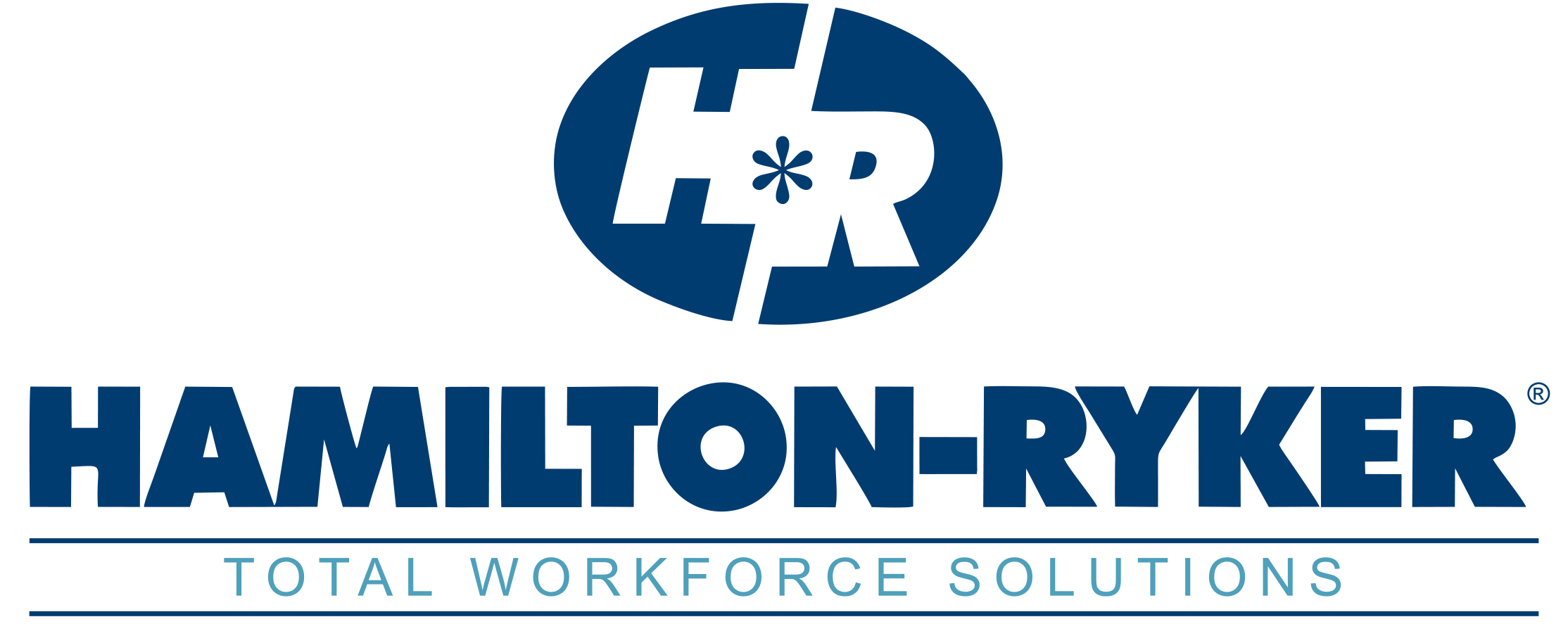How Virtual Reality Has Transformed Manufacturing Training
Manufacturing and industry are facing a difficult challenge. With retiring Baby Boomers and a shortage of employees entering manufacturing and trades, a talent shortage is underway. These businesses need a way to quickly and easily train and onboard new workers, and AR (augmented reality) and VR (virtual reality) training are becoming more and more popular.
Traditional Training Versus AR/VR
If you’ve ever heard the term “book smart,” you understand how traditional training might lack effectiveness. Consisting of printed manuals, computer-based training and shadowing, traditional training techniques have several shortcomings. First, they’re time-consuming to create and maintain. Second, they don’t appeal to all learning styles. And third, they lack a real-life context, which leads to longer learning times for new employees, plus safety risks.
In comparison, AR and VR training offer the following advantages:
- “Real-life” settings that provide visual and auditory cues as workers get used to a new skill.
- Assistance navigating the factory or warehouse floor to find tools associated with the job.
- Step-by-step, hands-on training for completing tasks in real time.
- Alerts to mistakes to avoid along the way—adding to safety.
Three Reasons to Choose AR/VR
If you’re on the fence, consider the following reasons augmented and virtual reality training are a benefit to your workplace:
- More effective than traditional training methods. Let’s face it: time is money. With AR/VR training, you’ll save yourself the time it takes to create and maintain training materials. Plus, you can get new workers up to speed faster, which helps you maintain a standard level of productivity on the work floor.
- Prepare employees for emergency situations. It’s easy to tell your workers what to do in case of equipment malfunction, fire, flood, etc. But AR/VR can actually walk them through an emergency procedure in real time, with no actual threat to their safety as they learn.
- Bridge the skills gap in your workplace. Some skills, especially those Baby Boomers will be taking with them, can take workers years to learn using traditional training techniques. But AR/VR helps cut your training time down considerably, making it much easier and faster to onboard workers with critical skills that will be missing as your older employees retire.
Do You Work With a Recruiter?
Hamilton-Ryker’s TalentGro® division offers training to help you bring new workers up to speed. Discuss the options available in terms of virtual reality training. To learn more, contact us today!
Need to Staff Up?
If you’re in need of more trained workers to round out your staff, check out Hamilton-Ryker. We’ll work with you to find and place light industrial staff.

